Birds & electricity infrastructure: how you can help

Let’s face it – how many of us can cope without electricity for a day? Or even an hour? We all need electricity for that first cup of coffee in the morning, to charge cell phones, to keep food and drinks cold, to heat water for the shower. But what does this need cost South Africa’s bird life?
Energy and communications infrastructure such as telephone lines, cell phone towers, power lines and wind turbines represent an important interface between humans and wildlife. These structures are often tall and they cross huge distances, increasing the opportunity for various kinds of interaction with wildlife, including electrocution and collisions with power lines. Eskom is responsible for providing the electricity required to meet the ever increasing needs of South Africans and its infrastructure is expanding daily. Its challenge is to find a balance between the interests of industry, residential electrification needs and the effective use and conservation of resources.
Avian fatalities due to power line interactions were poorly understood in South Africa until the late 1970s and few mitigation measures were implemented. Public awareness of these fatalities has grown significantly over the past four decades, especially since the advent of social media, and national environmental legislation now mandates utilities to lessen their impacts on wildlife.
This story is from the July - August 2016 edition of African Birdlife.
Start your 7-day Magzter GOLD free trial to access thousands of curated premium stories, and 8,500+ magazines and newspapers.
Already a subscriber ? Sign In
This story is from the July - August 2016 edition of African Birdlife.
Start your 7-day Magzter GOLD free trial to access thousands of curated premium stories, and 8,500+ magazines and newspapers.
Already a subscriber? Sign In

EXPLORING NEW HORIZONS
Keith Barnes, co-author of the new Field Guide to Birds of Greater Southern Africa, chats about the long-neglected birding regions just north of the Kunene and Zambezi, getting back to watching birds and the vulture that changed his life.

footloose IN FYNBOS
The Walker Bay Diversity Trail is a leisurely hike with a multitude of flowers, feathers and flavours along the way.

Living forwards
How photographing birds helps me face adversity
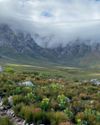
CAPE crusade
The Cape Bird Club/City of Cape Town Birding Big Year Challenge
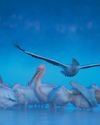
water & WINGS
WATER IS LIFE. As wildlife photographer Greg du Toit knows better than most.
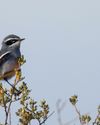
winter wanderer
as summer becomes a memory in the south, the skies are a little quieter as the migrants have returned to the warming north. But one bird endemic to the southern African region takes its own little winter journey.
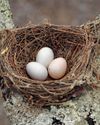
when perfect isn't enough
Egg signatures and forgeries in the cuckoo-drongo arms race
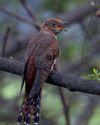
Southern SIGHTINGS
The late summer period naturally started quietening down after the midsummer excitement, but there were still some classy rarities on offer for birders all over the subregion. As always, none of the records included here have been adjudicated by any of the subregion's Rarities Committees.
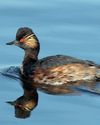
flood impact on wetland birds
One of the features of a warming planet is increasingly erratic rainfall; years of drought followed by devastating floods. Fortunately, many waterbirds are pre-adapted to cope with such extremes, especially in southern Africa where they have evolved to exploit episodic rainfall events in semi-arid and arid regions. But how do waterbirds respond to floods in areas where rainfall - and access to water - is more predictable? Peter Ryan explores the consequences of recent floods on the birds of the Western Cape's Olifants River valley.
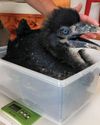
a star is born
It’s every producer’s dream to plan a wildlife television series and pick the right characters before filming.